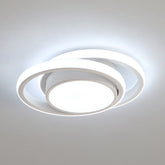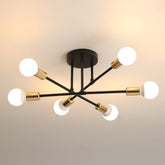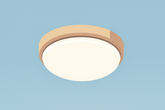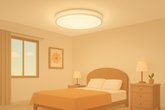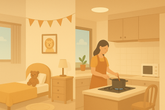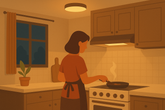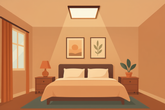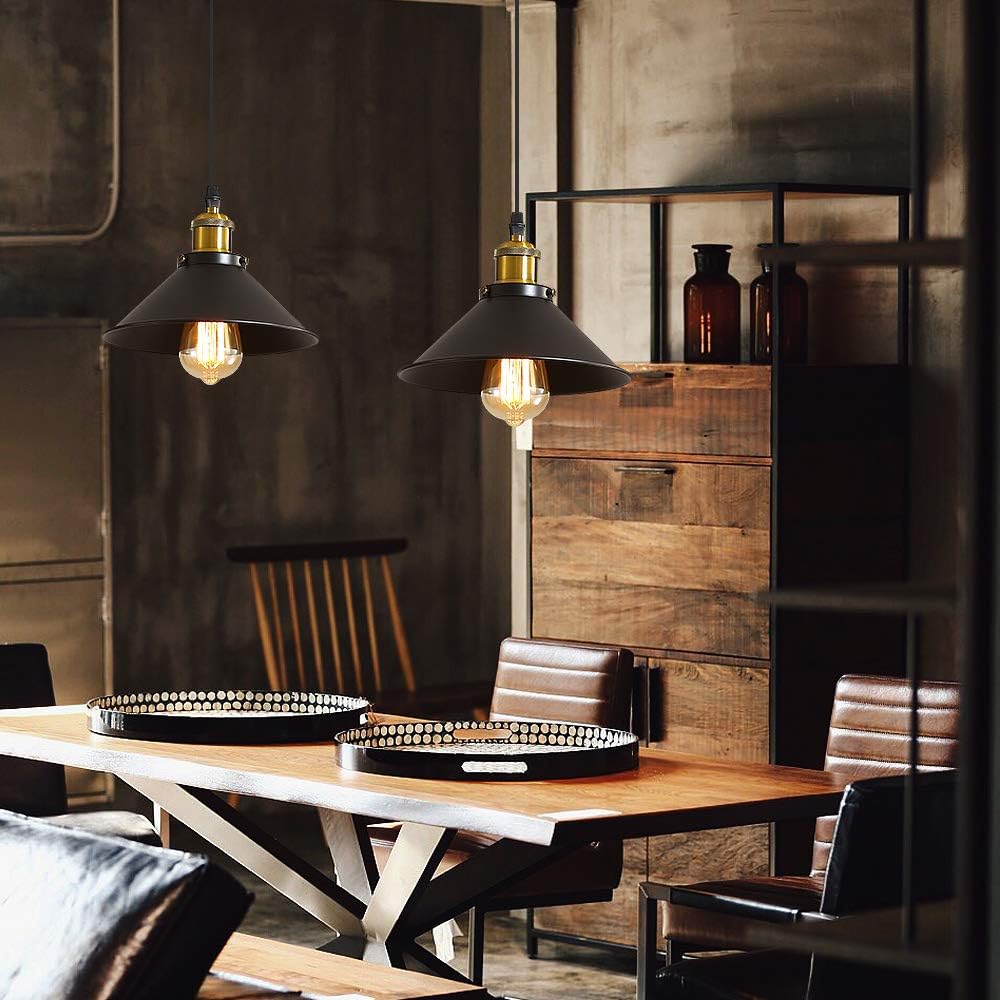Children’s Room Lighting Guide – Safe and Imaginative Illumination for Growing Kids
The children's room is a small world where life, learning, and dreams take root. Lighting plays a crucial role in this space, impacting not only visual comfort and safety but also aesthetic development. Unlike regular rooms, lighting for children must consider their age, behavior, and the multifunctional nature of the space. How can we create a bright, safe, and imaginative lighting environment for kids? Here's a detailed guide from multiple perspectives.
1. Core Lighting Needs for a Child’s Room
(1) Eye Protection Comes First
Children’s eyes are still developing and are highly sensitive to poor lighting conditions, which can lead to fatigue or nearsightedness. Therefore, lights must be flicker-free, low in blue light, and provide uniform, soft illumination. Choose high-quality LED fixtures with certifications for eye protection to reduce visual strain and protect developing eyes.
(2) Safety Is Fundamental
Children are curious and active. They might pull on wires or touch fixtures, so lighting must be safe. Choose lights made of non-toxic, environmentally friendly materials. Rounded edges help prevent injury, while wires should be well-insulated and kept short to avoid entanglement. Hanging lights must be securely mounted. Where possible, use fixtures with anti-electric shock protection.
(3) Fun and Growth Combined
Lighting can inspire imagination and creativity. Fun shapes and color-changing lights can encourage exploration. As children grow, their lighting needs evolve—brighter reading areas, adjustable brightness, and functional flexibility can support their development.
2. Lighting Strategies by Age Group
(1) Infants and Toddlers (0–3 years)
At this stage, soft, non-glaring light is critical.
General lighting: Use ceiling lights with diffusers (e.g., cloud-shaped LED fixtures) to ensure even light distribution. A warm color temperature (2700–3000K) creates a cozy sleep environment.
Nightlights: Plug-in models with low brightness (e.g., moon or star shapes) provide just enough light for nighttime care without disturbing sleep. Look for auto-off timers to prevent overnight use.
(2) Preschoolers (3–6 years)
Curiosity drives exploration. Choose playful, theme-based lighting.
General lighting: Use themed ceiling fixtures like airplanes, rockets, or castles. Ensure total luminous flux between 1000–1500 lumens for 10–15m² rooms.
Task lighting: Wall lamps in play or drawing areas with adjustable heads help direct light. Reading areas benefit from cartoon-style desk lamps that meet National Class A lighting standards (≥250lx in a semicircle radius of 50cm).
(3) School-Aged Children (6+ years)
Study becomes the main focus.
General lighting: Use minimalist LED ceiling lights with flicker-free, high CRI (Ra ≥ 90) bulbs. Choose models with dimmable features to switch between neutral white (4000–4500K) for study and warm white for relaxation.
Desk lamps: Essential for homework—choose models with large illumination areas, uniform brightness, and adjustable arms to suit different postures. Spotlights near bookshelves can aid in nighttime book retrieval.
Atmospheric lighting: Add character with LED strips around the bed or ceiling. Star projectors can create dreamy visuals, encouraging imagination and relaxing sleep.
3. Lighting Styles for Children’s Rooms
(1) Cartoon & Animation Themes
Use characters like Mickey Mouse or Peppa Pig to make fixtures fun and familiar. Great for ceiling, desk, and wall lights.
(2) Nature-Inspired Themes
Use wood textures, greenery, or cloud motifs for a calming effect. A leaf-shaped wall light or mushroom nightlight adds a storybook charm.
(3) Minimalist Modern Styles
Best for older kids. Go for geometric shapes, monochrome tones, and sleek designs. LED strip lighting in bookshelves provides subtle, targeted light.
4. Other Key Considerations
(1) Smart Control for Convenience
Choose smart lighting controlled via mobile apps or voice assistants. Features like timers (e.g., 45-minute study sessions) promote healthy habits.
(2) Future-Proofing with Expandability
Modular lighting or changeable lampshades allow the room to adapt as the child grows—functionally and stylistically.
(3) Always Choose Certified Products
Use lights from trusted brands with safety certifications (e.g., 3C, CE). Avoid cheap, unverified products that could pose electrical or health risks.
Choosing the right lighting for a child’s room means balancing health, safety, and joy. From eye protection and smart features to fun designs and adaptability, every detail contributes to a nurturing space where kids can learn, grow, and dream under the light of their own world.
